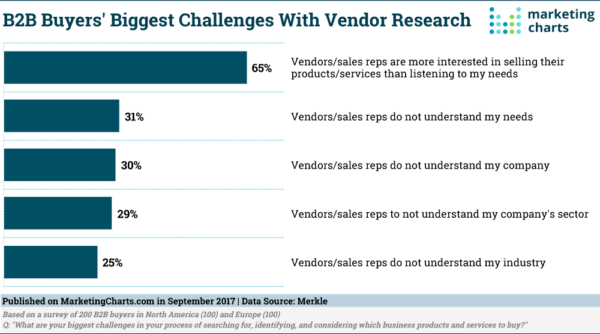Blog

This may or may not come as a surprise to you, but we have an epidemic on our hands.
My colleagues and I recently analyzed over 30 of the top global telecom websites and Twitter feeds to understand how they are positioning their services. And we found that it’s impossible to distinguish one telecom company from another.
The full results are published in the whitepaper, Lost in a Sea of Sameness, but here are a few highlights:
Why does everyone sound the same?
Herd mentality is nothing new. We see it when people follow political parties, make stock market decisions and buy ridiculous products (just look at the Snuggie for proof!). Snoop Dogg even jokes about this phenomenon in rap music, noting that today’s rappers sound exactly the same as one another.
And it trickles over to business too. You may have heard the phrase, “marketers ruin everything” — that’s because what starts off as a unique idea, quickly becomes copied and so overused and genericized, that it loses all meaning and innovation.
Perhaps companies think this is the safest route to go? When everyone else is communicating in a popularized way, it’s easier to justify the approach internally and gain approval. The problem with this method is that if you can’t differentiate your offer to a customer – they will ultimately be forced to choose the vendor with the lowest price.
Perhaps companies want to take the easy (ineffective) route rather than the less traveled (impactful) route. It takes (a lot) of work to set up a feedback loop and constantly check in with your customers and salespeople about what’s working and what’s not. And it may be easier to just use the same industry jargon as your competitors. But in the end, this results in customer disconnectedness. The statistical consequences show that 94% of companies have disengaged with vendors due to irrelevant content. (CEB)
I’ve found that most organizations are just not putting emphasis on creating value for customers simply because they don’t understand how to do it. Fornaise Group found that 83% of marketers don’t know how to develop or implement a value proposition. And that’s a problem – as only 55% of salespeople are meeting or exceeding quota (Miller Heiman). And the #1 reason cited for missing their number is a failure to communicate value to the customer.
It’s time for the telecom industry to stop following the herd and start figuring out how to communicate authentically and differently.
Table stakes are the basic products and services you need to offer in order to be in the sector you serve. Although important, it is not enough to offer the basic table stakes. The real difference between your organization and your competitors is what you can offer that no one else can, such as patented application, exclusive technology or exceptional technical expertise. Differentiation comes from the unique relevance to the customer and distinction from other competitors.
The biggest mistake is to fail to understand what are table stakes and what will truly set you apart.
The company that does the best job communicating their value to customers – wins. But this starts with understanding what your customer values in the first place, then quantifying it in a way that resonates.
Are you really listening to what your buyers are saying? According to Merkle’s recent research, B2B buyers want help solving their problems — but what they are getting is more product pitches. In other words, sellers are not taking the time to listen to what the customer needs before jumping to a solution.

Not only do generic product pitches miss the mark, but remember that 95% of executives require financial justification to make a purchase. Yet only 5% of orgs are providing this. And of all the telecom companies included in our research, we didn’t see anyone communicating measurable results.
In this McKinsey report, it’s evident that what companies think is most important to communicate, is in fact not what the customer wants to hear. Based on the report, B2B companies are spending more than 80% of their concentrated brand messaging on themes such as corporate responsibility and product sustainability, when customers are more focused on whether an organization is communicating transparency and honesty as their primary branding theme.
Your organization will stand out when it moves away from perceived customer needs and wants and instead, toward open and transparent dialogue about the unique factors that contribute to what your customer values.
Moving forward you need to determine where your organization is in the midst of this epidemic and then take action.
Are you a contributing member of the industry jargon flooding the customer’s decision making process? Are you clearly communicating customer value? Do you know how to do so? Is your organization falling into the herd mentality?
It’s time to reevaluate and strategically nurture the relationship between your organization and your customers. Dive into the contributing factors that go into customer value. Instead of being fixated on sounding the same, become the outlier and deliver what no one else dares to.
After all, “going with the flow” is for dead fish.
Download the full report here.
We'll send you a monthly newsletter with ways to stay relevant to your customers and grow your marketing career.
We'll send you a monthly newsletter with ways to stay relevant to your customers and grow your marketing career.